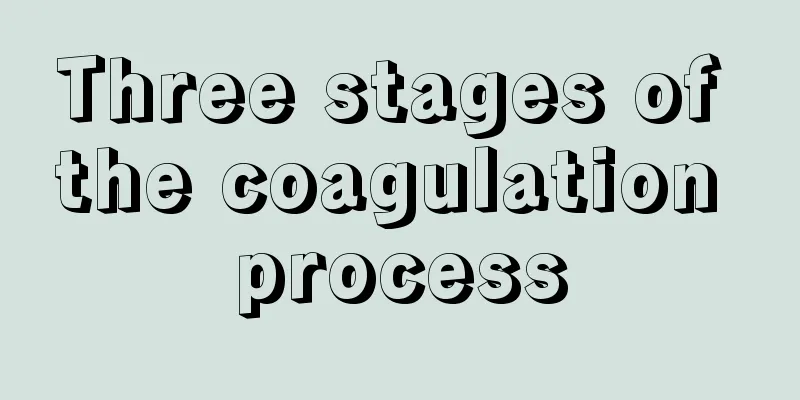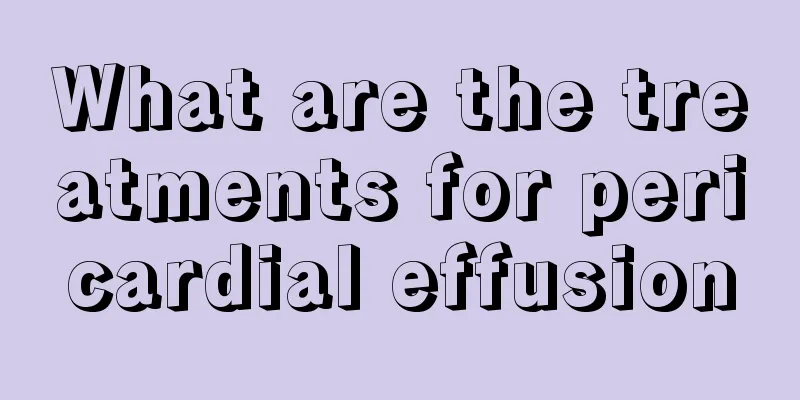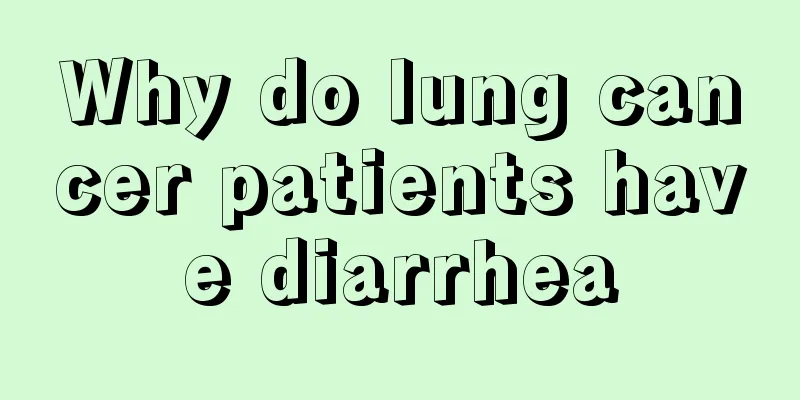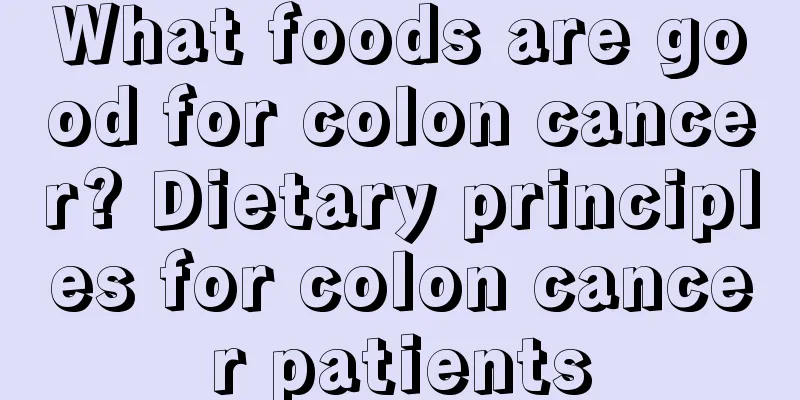Three stages of the coagulation process

|
Coagulation refers to the process in which blood in a wound gradually solidifies. For the human body, coagulation function is very important. If the coagulation function is weak, then if the patient is accidentally injured, even if it is just a small wound, it may bring more serious consequences. Blood coagulation has certain processes and stages. The following is a detailed introduction to the three stages of blood coagulation. 1. Formation of prothrombin activator Prothrombin activator is a complex of Xa, V, Ca2+ and PF3 (platelet factor 3, a phospholipid on the platelet membrane). Its formation first requires the activation of factor X. Depending on the initiating pathway and participating factors of prothrombin activator formation, coagulation can be divided into two pathways: intrinsic coagulation and extrinsic coagulation. (1) Intrinsic coagulation pathway: initiated by activation of factor XII. When blood vessels are damaged and the collagen fibers under the intima are exposed, XII can be activated to XIIa, and then XI can be activated to XIa. Ⅺa activates IXa in the presence of Ca2+, and IXa then forms a complex with activated VIIIa, PF3, and Ca2+ to further activate X. The factors involved in the coagulation process mentioned above are all present in the plasma within the blood vessels, so it is named the intrinsic coagulation pathway. Due to the presence of factor VIIIa, the rate at which IXa activates X can be accelerated by 200,000 times. Therefore, factor VIII deficiency causes intrinsic coagulation pathway disorders, and even slight injuries can lead to continuous bleeding, which is clinically called hemophilia A. (2) Extrinsic coagulation pathway: It is initiated by the contact of factor III exposed to damaged tissue with blood. When tissue is damaged and blood vessels rupture, the exposed factor III forms a complex with Ca2+ and VII in the plasma and then activates factor X. Because the factor III that initiates this process comes from tissue outside the blood vessels, it is called the extrinsic coagulation pathway. 2. Thrombin Formation Under the action of prothrombin activator, the inactive factor II (prothrombin) in plasma is activated into active factor IIa (thrombin). 3. Fibrin formation Under the action of thrombin, the fibrinogen dissolved in the plasma is converted into fibrin monomers; at the same time, thrombin activates XIII to XIIIa, so that the fibrin monomers connect with each other to form water-insoluble fibrin polymers, and interweave with each other to form a network, entrapping blood cells to form a blood clot, completing the blood coagulation process. Blood coagulation is a series of enzymatic biochemical reaction processes with positive feedback effects in many places. Once initiated, it will proceed rapidly and continuously to ensure that the coagulation and hemostasis effect occurs in a relatively short period of time. |
<<: How to deal with too many dreams
>>: What can’t be taken with Maca
Recommend
How to treat cervical cancer? Is it reliable to use traditional Chinese medicine to treat cervical cancer?
Cervical cancer is one of the common malignant tu...
5 ways to test whether your body is healthy
Is there something wrong with your health? Try th...
What are the common causes of iron deficiency anemia
There are different types of anemia, and iron def...
What is ankylosing spondylitis?
Ankylosing spondylitis is a disease that is commo...
Can I eat cornmeal if I have high blood sugar? What are the benefits of cornmeal?
Nowadays, with the improvement of people's li...
No need for facial cleanser to improve skin
Some people don't need to wash their faces wi...
What are the main risk factors for bladder cancer?
85% of bladder cancer originates from transitiona...
What are the folk remedies for seasonal dermatitis
The symptoms of seasonal dermatitis are sometimes...
Removing surgical scars
Surgical scars are the wrinkles left behind after...
How to preserve tea
Mr. Wang, a citizen, recently reported that the g...
Early diagnosis of laryngeal cancer
Any unexplained hoarseness or foreign body sensat...
What tests can detect fibroids?
In daily life, there are many reasons for fibroid...
Will sweating make your skin better?
Sweating is a normal physiological process of the...
Introduction to the signs of sexually transmitted diseases
Have you ever heard of sexually transmitted disea...
What are the symptoms after liver cancer metastasis
The metastasis of liver cancer can be divided int...









